
The beautiful patterns on butterfly wings are emerging as exceptional model systems that may reveal much about how the shapes, sizes and colors of specific organisms have evolved, a type of study called morphological evolution, according to the authors of the paper featured on the cover of the current (March 2002) issue of Trends in Ecology and Evolution.
In “Development and evolution on the Wing,” Antonia Monteiro, Ph.D., University at Buffalo assistant professor of biological sciences, and W. Owen McMillan and Durell Kapan of the University of Puerto Rico describe butterfly wing patterns as possibly the best animal system for understanding the developmental and genetic processes that produce morphological variation in nature.
The next step in understanding the genetics of butterfly wing patterns, they note, is development of the first transgenic butterfly — a butterfly in which gene expression is manipulated to see if certain genes control color pattern — an effort that is underway in Monteiro’s UB laboratory. She expects to have it developed by the end of this summer.
While Drosophila, the common fruit fly, traditionally has been the model system of choice for genetic and developmental biology studies, mostly carried out in the laboratory, the butterfly provides an exciting opportunity to connect genetic changes with important ecological and evolutionary processes that mould variation in natural populations, she said.
Whereas tiny, nearly invisible differences among different species of Drosophila have become important subjects of study for biologists, the ecological importance of some of these slight differences, Monteiro added, remains to be seen.
“On the other hand,” she stressed, “the striking variation of wing patterns of butterflies has a clear function in the wild.”
Monteiro noted that the differences in wing patterns differentiate one species of butterfly from another and are used by males and females to determine with which individuals to mate.
They also have been shown to serve an adaptive purpose, as demonstrated by numerous studies focusing on seasonal changes in wing coloration of individuals in a species. For instance, Monteiro said, the darker wing patterns that show up in butterflies that emerge in the spring serve to warm up the butterfly faster, whereas butterflies that emerge in the summer have lighter colors.
“Also, many butterflies that emerge in the wet season in the tropics have large, conspicuous marks on their wings that deflect the attacks of predators while the butterflies are actively finding mates and laying eggs, while the dry-season cohorts are very cryptic, trying to blend in with their environment and not attract any attention from predators until the rains arrive again,” she said.
The authors note that what’s not known about wing patterns in butterflies are the genetic mechanisms that result in the great variety of patterns that exist and an understanding of how those mechanisms have evolved through time.
“Evolution of these patterning mechanisms has enabled the ancestors of the generally drabber looking moths to also give rise to the butterfly lineages, where an explosion of pattern and color have occurred,” Monteiro said.
In an attempt to identify those mechanisms, Monteiro is working to create the world’s first transgenic butterfly, one that she will breed in her lab to determine the particular genetic code that is responsible for the beautiful colors and patterns on butterfly wings.
The researchers then will be able to test whether genes that seem to be involved in color pattern formation actually are important in directing the production of different pigments.
“A transgenic system is needed to test the causal involvement of genes that have already been shown through their suggestive expression patterns to be involved in color pattern formation,” she said.
“Even more important, it will allow us to figure out the regulatory regions of these genes that are turning them ‘on’ in a particular spatial area on the wing. These will be, in my view, the prime candidate regions to look for variability in DNA sequences that correlates with variability in color pattern. My job is to find out what are the signals that tell each scale-cell on a butterfly wing to produce a particular pigment during development and to find out how those signals change across different species and through evolutionary time.”





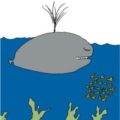

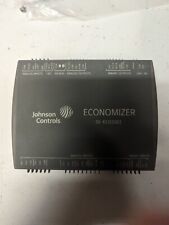
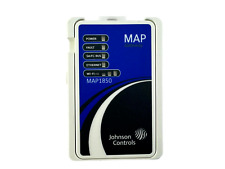






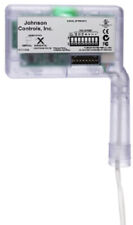
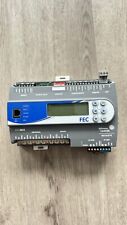
Comments are closed.